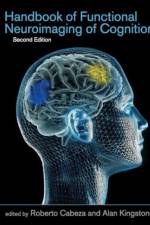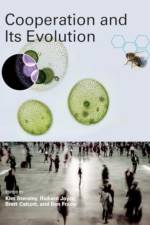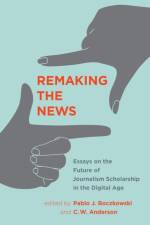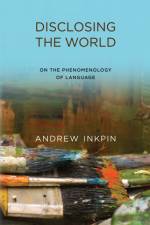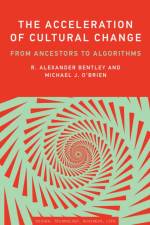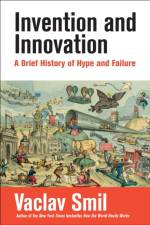805,-
Experts explore the influence of trace metals on the pathogenesis of infectious diseases. Many parts of the world in which common infectious diseases are endemic also have the highest prevalence of trace metal deficiencies or rising rates of trace metal pollution. Infectious diseases can increase human susceptibility to adverse effects of metal exposure (at suboptimal or toxic levels), and metal excess or deficiency can increase the incidence or severity of infectious diseases. The co-clustering of major infectious diseases with trace metal deficiency or toxicity has created a complex web of interactions with serious but poorly understood health repercussions, yet has been largely overlooked in animal and human studies. This book focuses on the distribution, trafficking, fate, and effects of trace metals in biological systems. Its goal is to enhance our understanding of the relationships between homeostatic mechanisms of trace metals and the pathogenesis of infectious diseases. Drawing on expertise from a range of fields, the book offers a comprehensive review of current knowledge on vertebrate metal-withholding mechanisms and the strategies employed by different microbes to avoid starvation (or poisoning). Chapters summarize current, state-of-the-art techniques for investigating pathogen-metal interactions and highlight open question to guide future research. The book makes clear that improving knowledge in this area will be instrumental to the development of novel therapeutic measures against infectious diseases. ContributorsM. Leigh Ackland, Vahid Fa Andisi, Angele L. Arrieta, Michael A. Bachman, J. Sabine Becker, Robert E. Black, Julia Bornhorst, Sascha Brunke, Joseph A. Caruso, Jennifer S. Cavet, Anson C. K. Chan, Christopher H. Contag, Heran Darwin, George V. Dedoussis, Rodney R. Dietert, Victor J. DiRita, Carol A. Fierke, Tamara Garcia-Barrera, David P. Giedroc, Peter-Leon Hagedoorn, James A. Imlay, Marek J. Kobylarz, Joseph Lemire, Wenwen Liu, Slade A. Loutet, Wolfgang Maret, Andreas Matusch, Trevor F. Moraes, Michael E. P. Murphy, Maribel Navarro, Jerome O. Nriagu, Ana-Maria Oros-Peusquens, Elisabeth G. Pacyna, Jozef M. Pacyna, Robert D. Perry, John M. Pettifor, Stephanie Pfaffen, Dieter Rehder, Lothar Rink, Anthony B. Schryvers, Ellen K. Silbergeld, Eric P. Skaar, Miguel C. P. Soares, Kyrre Sundseth, Dennis J. Thiele, Richard B. Thompson, Meghan M. Verstraete, Gonzalo Visbal, Fudi Wang, Mian Wang, Thomas J. Webster, Jeffrey N. Weiser, Günter Weiss, Inga Wessels, Bin Ye, Judith T. Zelikoff, Lihong Zhang


